Microsoft has begun to roll out a new Startup Boost feature in Windows 11 that makes Office apps open more quickly. The update started to appear for Word in late June and will reach all Windows 11 users by the end of September 2025. Support for Excel and PowerPoint will follow in future updates.
How Startup Boost Works
Startup Boost uses the Windows Task Scheduler to preload components of Office applications after a user signs in. Two tasks appear under Task Scheduler as Office Startup Boost and Office Startup Boost Logon. Once Windows is idle for ten minutes and system resources allow it, the task loads parts of Word into memory and then pauses. When the user launches Word, the app resumes from that paused state instead of loading from scratch.

System Requirements and Control
The feature will only run on PCs that have at least eight gigabytes of free RAM and five gigabytes of free disk space. Energy Saver mode must be turned off, or the tasks disable themselves automatically. Users can toggle Startup Boost on or off within Word under Options in the General section. Disabling the feature does not affect app functionality but may slow launch times slightly.
Rollout Timeline
Microsoft initially planned a mid‑May to late‑July rollout, but updated its schedule in June. The revised plan phases in Startup Boost from late June through late September for Word. Office updates will automatically recreate the scheduled tasks if they are removed. Users and admins who disable the feature must do so again after each Office update.

Enterprise Management
IT administrators do not need to take any action in order to make Startup Boost work. It is possible to turn it off in each and every organization by a Group Policy set or by deleting the tasks in the Task Scheduler. The policy disabling disables any further updating of the Office to reactivate the tasks.
Startup Boost marks Microsoft’s effort to make Windows 11 feel faster for all users. By preloading key components in the background, it allows Office apps to open nearly instantly while still giving users and IT teams full control over system resources.



